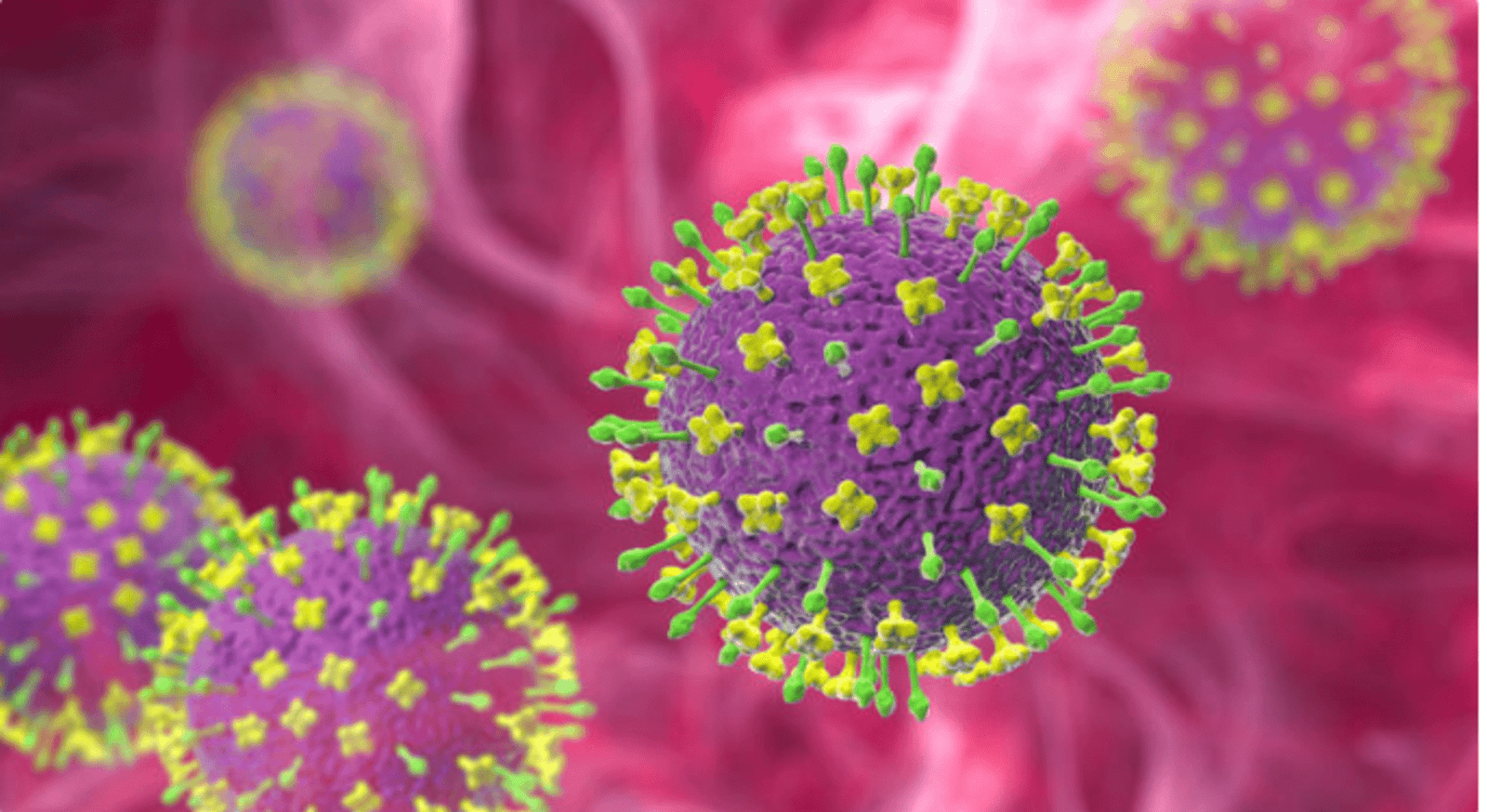
Nipah Virus Outbreak: Urgent Response Needed
A tragic death has highlighted the dangers of the Nipah virus, a severe and often deadly pathogen on the World Health Organization’s watchlist. The recent case involved a 24-year-old student who succumbed to brain-swelling fever caused by the virus. This incident marks the second Nipah-related death in a small town in southern India within three months. Nipah Virus Outbreak: Urgent Response Needed
Background of the Nipah Virus
It can also spread through contaminated food. The virus causes a range of symptoms, from mild fever and muscle pain to severe neurological issues, including brain swelling and coma.

Recent Outbreak Details
The student, who hailed from Bengaluru, began showing symptoms on September 4. By September 9, tests confirmed a Nipah infection. The virus led to severe brain swelling and fever, which progressed rapidly. Despite receiving supportive care, the student passed away five days after symptoms first appeared.
This raises concerns about a possible localized outbreak and the urgent need for containment measures.
Monitoring and Prevention Measures
Health officials are taking significant steps to control the spread of Nipah virus. Currently, 151 individuals who had contact with the deceased student are being monitored. They are being observed for any signs or symptoms of infection. Monitoring these contacts is crucial in preventing further transmission.
Treatment is supportive, aiming to manage symptoms and complications. Patients must rely on their immune systems to fight the virus. Survivors may face long-term neurological issues, such as seizures or personality changes.
Symptoms and Disease Progression
Nipah virus can present with various symptoms. Initial signs include fever and muscle pain. Some infected individuals may show no symptoms at all, making the virus challenging to detect early.
Current Situation in Malappuram
Five other individuals showing primary symptoms have had their blood samples tested. The results will determine if they have contracted the virus. These individuals may or may not be primary contacts of the deceased student.
Public Health Response
The response to the Nipah outbreak involves rigorous contact tracing and monitoring. Health authorities are working to ensure that all potential contacts of the infected individuals are identified and monitored.
Efforts are also focused on public awareness. Educating the community about the symptoms and transmission methods of Nipah virus is vital. This knowledge can help individuals take preventive measures and seek medical attention promptly.
Challenges and Future Outlook
The lack of a vaccine and effective treatment for Nipah virus poses significant challenges. The virus’s high fatality rate and potential for severe neurological complications make it a serious public health concern. Continued research and development are necessary to find effective vaccines and treatments.
In the meantime, health officials are relying on containment strategies and supportive care to manage the outbreak. The success of these measures will depend on the swift and effective response of public health systems and the cooperation of the community.
The Nipah virus presents a significant challenge due to its high fatality rate and lack of available vaccines or specific treatments. Addressing these challenges requires a multi-faceted approach that includes improving diagnostic methods, enhancing public health response, and advancing research for vaccines and treatments.
Challenges
One of the primary difficulties in managing Nipah virus outbreaks is the virus’s rapid progression and severe symptoms. Nipah can cause brain swelling and severe neurological issues, often leading to a high mortality rate. The absence of a vaccine means that prevention is limited to controlling outbreaks through monitoring and isolation.
Another challenge is the virus’s ability to spread from animals to humans, with potential for human-to-human transmission as well. This zoonotic nature complicates containment efforts, as controlling the virus in animal reservoirs is complex and often impractical in areas with significant wildlife populations.
Additionally, the lack of specific antiviral treatments means that patients must rely on supportive care. This reliance on supportive measures can be inadequate for severe cases, which significantly impacts patient outcomes. The high fatality rate and the potential for severe long-term effects in survivors make managing the virus particularly challenging.
Future Outlook
Looking forward, several areas of focus could improve the management of Nipah virus outbreaks. First, enhancing diagnostic capabilities is crucial. Rapid and accurate diagnostics can help identify cases earlier, improving the effectiveness of containment measures.
Research into vaccines and antiviral treatments is also essential. Developing a vaccine could provide a preventive measure for at-risk populations, while effective antiviral drugs could improve treatment outcomes for infected individuals. Collaborative international research efforts and funding are necessary to accelerate these developments.
Strengthening public health infrastructure and response strategies is vital.
In summary, addressing the challenges posed by the Nipah virus requires a combination of improved diagnostics, research into vaccines and treatments, and robust public health responses. With concerted efforts and international collaboration, it is possible to better manage and eventually overcome the challenges presented by this dangerous pathogen.
Conclusion
The recent death of a student due to Nipah virus underscores the severity of this dangerous pathogen. With no vaccine or cure available, managing and containing outbreaks remains a critical challenge. Health authorities are working hard to monitor contacts, educate the public, and prevent further spread. The response to this outbreak will be crucial in limiting its impact and ensuring public safety.









